If you spend a lot of time outdoors, then you’ve more than likely had a friend or relative recommend that you purchase a pair of good snake boots. If you’ve never looked into them before, then you may wonder what’s so special about them, and if they’re any different from traditional hiking boots. We’re here to answer your questions about what are snake boots, who should get them, and when it’s important to wear them.
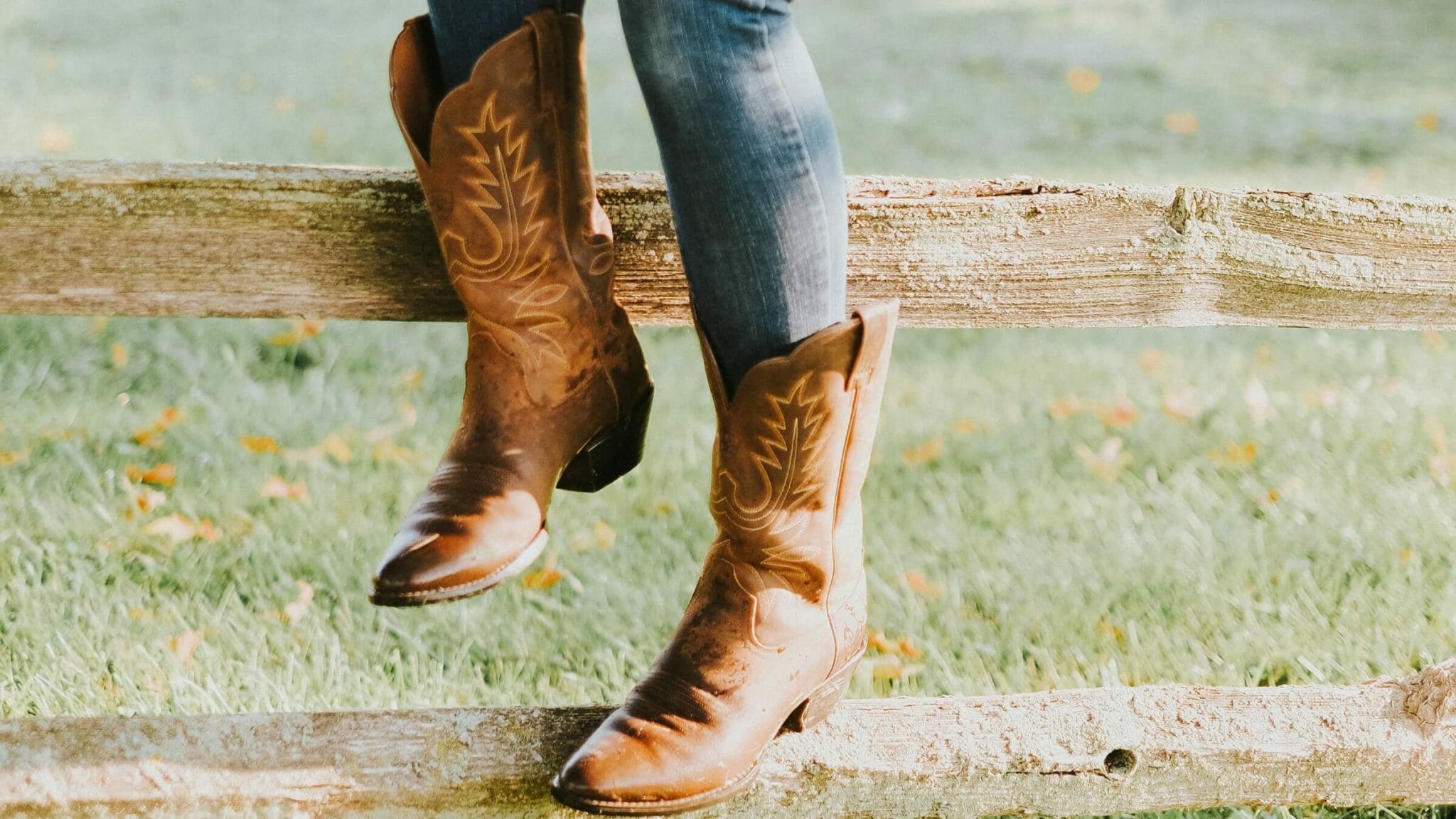
Why Snake Boots?
Snake boots (not to be confused with snakeskin boots), are commonly referred to as snake-proof boots. Manufacturers design them to protect your feet and legs from snake bites.
In North America, venomous snakes are abundant in almost every environment you may find yourself trekking through. While snakes don’t “hunt” humans, they will bite when they are afraid, surprised, or threatened. Your 200-pound body stomping through the forest and cracking every stick under your foot counts as threatening behavior. It will put every snake in the area on edge.
All it takes is for you to step on a snake to receive a bite that can injure or kill you in a matter of hours if not treated properly. While you’re out in the wilderness, you may be hours from roadways, phone service, or any form of medical aid. You really don’t want to get bit this far away from home.
If you need further motivation to take snake safety seriously, then take a look at this slideshow on WebMD.
A pair of snake boots cost anywhere from $100 to $400, depending on the brand, your budget, and personal preferences. We’ve put together a solid guide for the best snake boots on the market here.
Who Uses Snake Boots?
After viewing those pictures, you may wonder, “who in their right mind would put themselves this close to venomous snakes?”
The reality is that snakes are everywhere. Their ability to camouflage themselves is what makes them some of the deadliest predators in the world. There are snakes that live in the desert sand, can climb trees, crawl through the leaves, and breathe under water. If you spend any amount of time outdoors, then you’ll eventually run into a couple of snakes. More often than not, the interaction will be harmless, but why take the risk?
Hunters
Hunters usually go out at dawn and dusk when the forest is quiet and the deer are feeding. Unfortunately, this just so happens to be the exact times that many snakes are doing their hunting as well. In the dark, snakes are even harder to see. They can be pretty much invisible to the naked eye. The last thing you want to happen while you’re walking through the woods is a snake to bite your leg.
Hikers
Hikers often go on expeditions into wild and dangerous environments that are miles from home. A snake bite this far out can often mean death or serious injury if they aren’t treated in time.
Workers
Outdoor laborers who work on farms, do lumberjack work, landscaping, or land clearing are bound to come into contact with their fair share of venomous snakes. When man and snake clash on the border of civilization and nature, the results are never good.
What Makes Snake Boots Special?
So, why spend an extra $100 on a pair of snake boots? What makes them different from the average leather hiking boot or steel toe work boot? There’s a few features that make all of the difference.
Impenetrable Material
While some tactical or work boots may advertise that they’re puncture-resistant, they aren’t specifically tested and rated to protect you against the rapid, lethal bite of a snake’s fangs. If they can bite into a full-grown animal, they can certainly puncture the soft material of your boots.
Snake boots are made with special snake-proof material that is impervious to punctures. These materials usually include hardened leather, vulcanized rubber, and high-density nylon fabric which is almost impossible to rip and tear into.
Waterproof
The water moccasin is one of the most venomous snakes in North America, and they hunt almost exclusively in wet environments. If you’re in the lowlands, there is a very high chance that you’ll be wading through a few puddles, and the possibility that you’ll come into contact with one of these snakes. With a waterproof snake boot, you’ll stay dry and protected 100% of the time.
Knee-High
One of the most distinguishing features of snake boots is that they’re knee-high. While smaller snakes may strike for the feet or ankles, medium to large-size snakes will more readily target your calf where they can really sink their fangs into. Your average work boot is only ankle-high which offers little to no protection against these types of attacks.
Flexibility
You may think that with all of this extra protection, waterproofing, and their tall height that snake boots would be incredibly uncomfortable and hard to move in. This may be true if you buy the cheapest knock-off boots that you can find, but a pair of high-quality snake boots will surprise you with their flexibility. They are often very easy to walk, run, jump, and climb in due to lightweight technology like Gore-TEX and seamless nylon sewing.
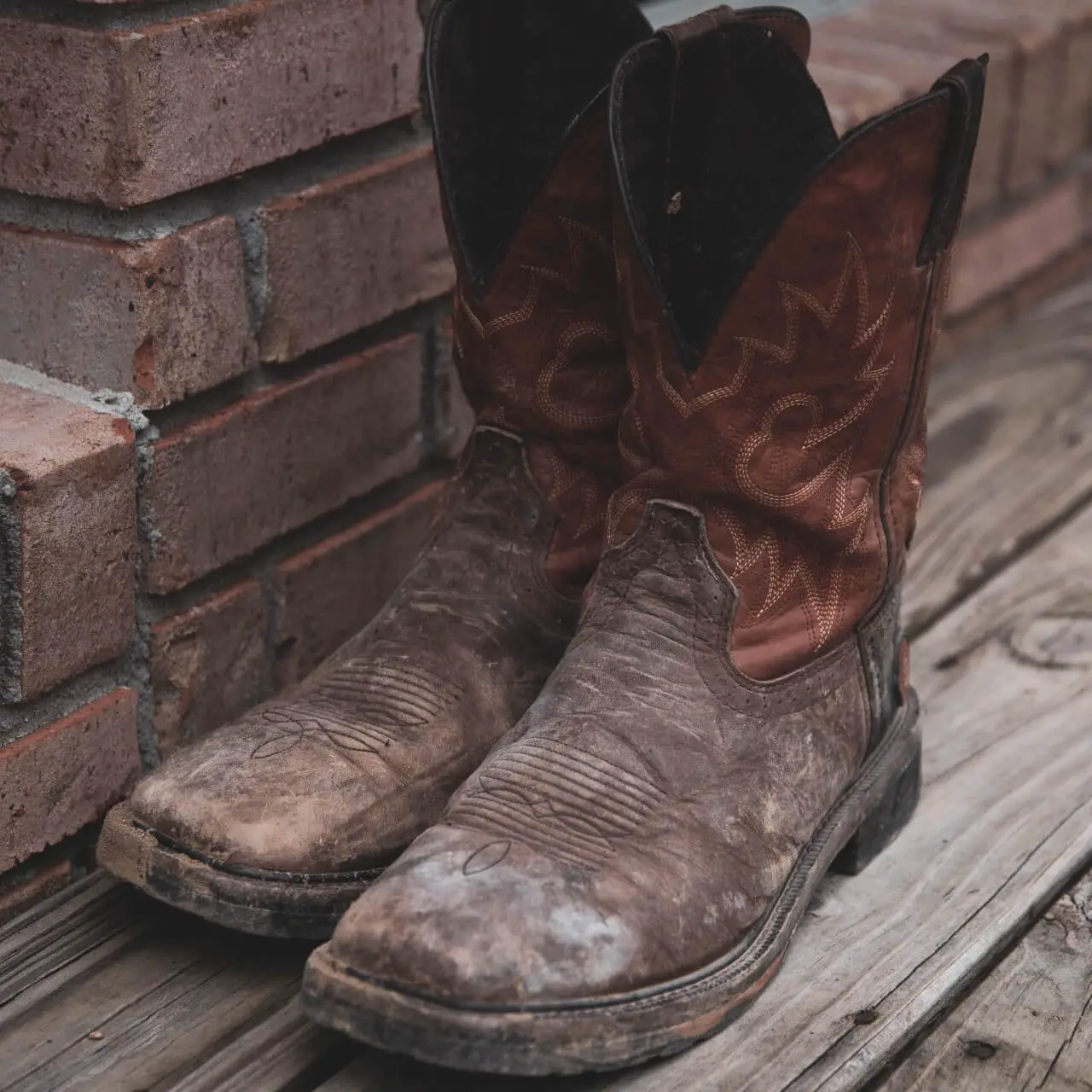
Do You Need Snake Boots?
It depends. It’s always better to be safe than sorry, and when it comes to risking life and limb, it’s always better to have the extra protection. If you live in a city suburb or apartments, the risk of you coming face-to-face with a venomous snake is relatively slim. If you love the outdoors or work in them, though, then a pair of snake boots is a must-have.

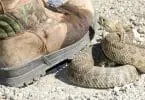
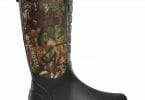
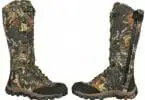
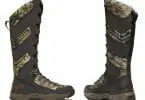
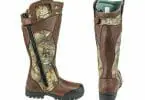

Leave a Comment